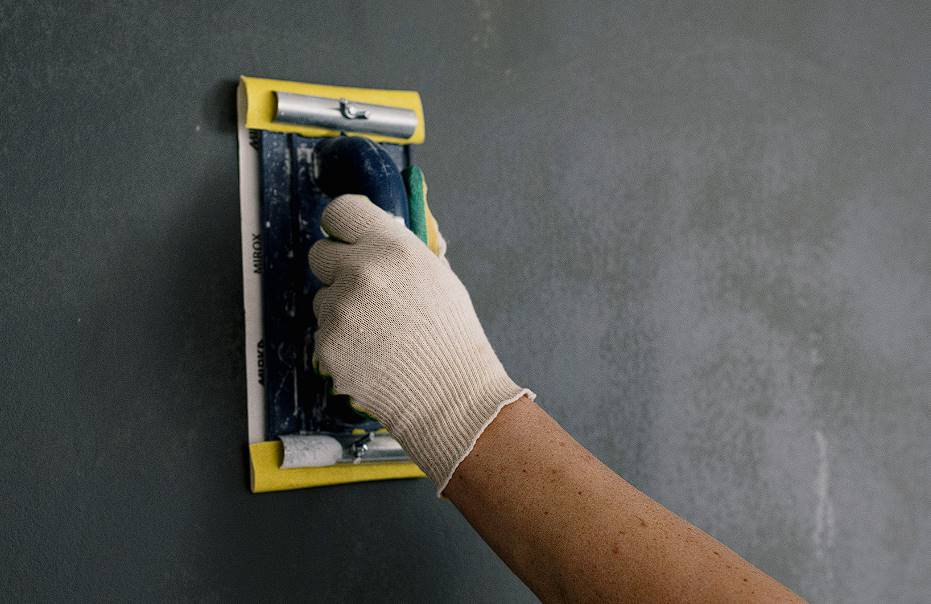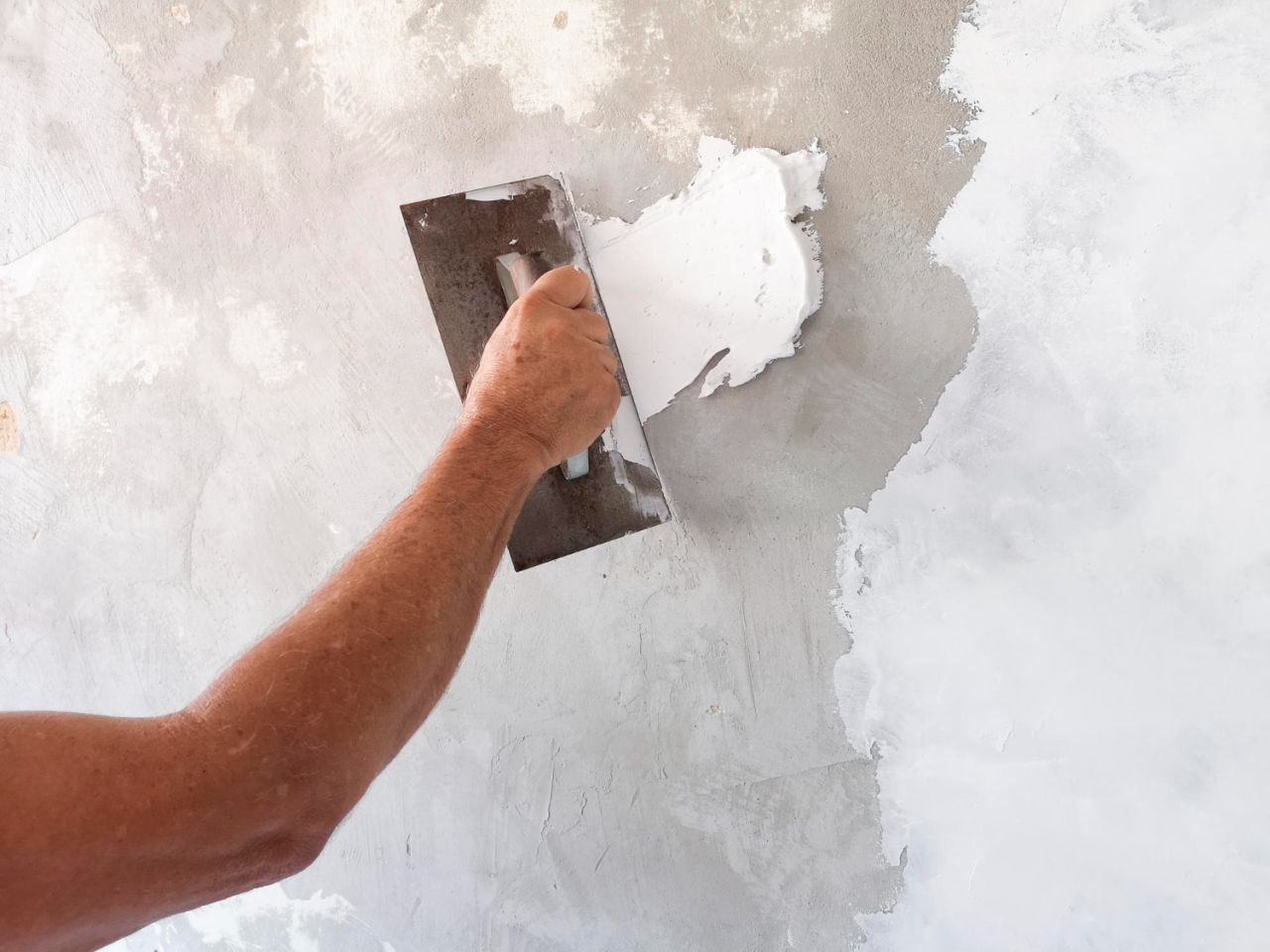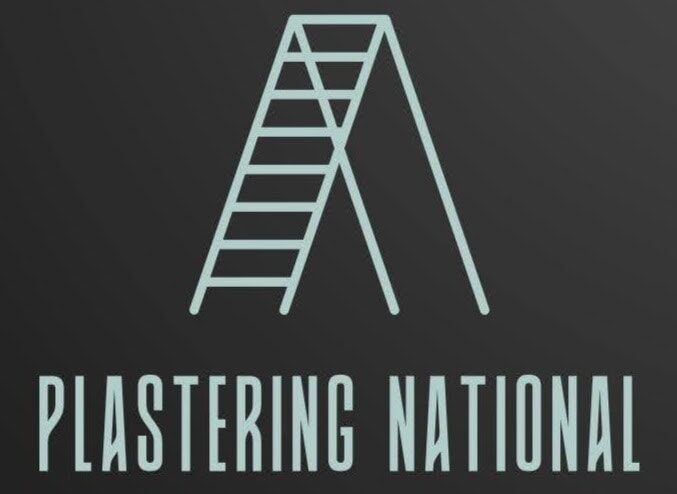When tackling a renovation or construction project, the question often arises: how many coats of plaster do you need to achieve the ideal finish? The answer depends on several factors, including the plaster type, the surface condition, and the desired result.
Understanding these factors helps to create a durable, smooth, and aesthetically pleasing finish.
Let’s get straight to the point.
The number of plaster coats needed depends on the surface condition, plaster type, desired finish, climate, and the plasterer’s skill.
Single-coat plastering is quick and cost-effective but lacks durability, making it suitable for smooth or temporary surfaces.
Double-coat plastering offers better durability, insulation, and a smoother finish, ideal for long-term projects.
Three-coat plastering provides the highest quality and longevity, perfect for high-end or restoration projects.
Proper plastering enhances appearance, structural integrity, and insulation and reduces maintenance costs, making it essential for a building’s long-term durability and visual appeal.
Single-Coat Plastering: Pros And Cons

Advantages
- Time-Efficient: Single-coat plastering can be completed quickly, making it ideal for time-sensitive projects.
- Cost-Effective: Requires less material and labour, reducing overall expenses.
- Suitable for Smooth Surfaces: Works well on already smooth and even surfaces.
- Best for Temporary Structures: Suitable for projects where durability is not the primary concern.
Disadvantages
- Limited Thickness: Multi-coat plastering can achieve a thickness different from multi-coat methods.
- Less Durable: More prone to cracking and wear, especially in high-traffic or damp areas.
- Preparation Critical: Excellent surface preparation is required to avoid defects in the finish.
When To Use Single-Coat Plastering
- Interior Walls: Suitable for rooms that do not require a high-end finish.
- Temporary Structures: Works well for short-term installations or temporary walls.
- Flat Surfaces: Best used on smooth, defect-free surfaces.
Double-Coat Plastering: The Preferred Method
Benefits
- Enhanced Durability: The double-coat method provides a robust finish that lasts longer.
- Superior Finish: Offers a smoother and more polished look compared to a single coat.
- Versatility: Suitable for walls, ceilings, and slightly uneven surfaces.
- Improved Insulation: Provides better thermal and acoustic insulation due to the extra layer.
Double-Coat Plastering Process
- Base Coat Application: The first coat is applied as a thicker layer to form a strong base.
- Scratching: Lightly scratches the base coat to create a textured surface for better adhesion.
- Curing: Allow the base coat to dry and cure properly.
- Finish Coat Application: Apply the second, thinner layer for a smooth finish.
- Smoothing: Ensure the final coat is level and smooth.
- Final Drying: Let the plaster dry completely before making any further adjustments.
Suitable Conditions For Double-Coat Plastering
- Interior and Exterior Walls: Provides a durable and aesthetically pleasing surface.
- Renovations: Ideal for projects where a polished look is required.
- Long-Term Builds: Perfect for permanent constructions needing a high-quality finish.
Three-Coat Plastering: The Traditional Method
Why Choose Three-Coat Plastering?
- Best Finish Quality: Three coats result in a flawless, high-end appearance.
- Maximum Durability: Highly resistant to cracking and ideal for areas that need longevity.
- Excellent Insulation: Offers superior sound and thermal insulation.
- Strong Adhesion: Each layer bonds well, creating a sturdy finish that lasts for decades.
The Three-Coat Plastering Process
- Scratch Coat Application: The first and thickest layer that forms the base.
- Brown Coat Application: The intermediate layer that provides evenness and structure.
- Finish Coat: The final, thinnest layer that delivers a smooth and professional look.
- Final Curing: Allow each coat to dry thoroughly before proceeding to the next stage.
Best Use Cases For Three-Coat Plastering
- High-End Projects: Perfect for luxury homes and commercial spaces that demand a premium finish.
- Restoration Work: Ideal for historic buildings where precision and durability are important.
- Heavy-Traffic Areas: Suitable for locations that need a long-lasting, durable surface.
Factors That Influence The Number Of Plaster Coats
1. Surface Condition
The state of the wall or ceiling plays a major role in determining how many coats of plaster are needed. For rough or uneven surfaces, more coats may be required to achieve a uniform look. If the surface is already smooth, fewer coats will suffice.
2. Type Of Plaster
Plaster materials, such as gypsum, lime, or cement, have varying characteristics, influencing the number of layers needed. Gypsum plaster, for example, often requires fewer coats compared to cement plaster, which might need more layers for the same finish.
3. Desired Finish
The intended appearance also affects the number of coats. If you aim for a polished, smooth finish, you might need several coats. One or two coats might be enough for a textured or rustic look.
4. Weather Conditions
Climate can affect the drying time of plaster. Cold or humid conditions slow the drying process, while hot, dry weather can cause plaster to dry too quickly, leading to potential cracks. This factor can influence how many coats can be applied in a given timeframe.
5. Skill Level Of The Plasterer
Due to their expertise and technique, an experienced plasterer can often achieve the desired finish with fewer coats. A less experienced plasterer may require additional coats to achieve the same result.
The Plastering Process: Step-By-Step
A systematic approach is essential for a durable and smooth plaster finish. Here’s a breakdown of the standard plastering process:
1. Surface Preparation
- Clean the area to remove dust, debris, or loose particles.
- Fill any holes or cracks with filler and let it dry completely.
- Ensure the surface is dry, as moisture can hinder plaster adhesion.
2. Mixing The Plaster
- Mix the plaster according to the manufacturer’s instructions.
- Use a clean container and mixing paddle to achieve a consistent blend.
- Prepare only the amount of plaster used within its working time.
3. Applying The First Coat (Base Coat)
- The base coat is the foundational layer of plaster.
- Apply it evenly using a trowel, ensuring the thickness is appropriate for the surface condition.
- Lightly scratch the surface of the base coat to improve adhesion for the subsequent layer.
4. Curing And Drying
- Allow the base coat to dry fully before adding more layers.
- Proper curing ensures a strong bond between the layers, enhancing the finish’s durability.
5. Applying Skim Coats
- Apply the subsequent coats and skim coats, depending on the desired finish.
- Smooth and level each layer with a trowel to eliminate imperfections.
6. Final Finishing
- Smooth out the final coat to achieve a flawless surface.
- Check for any bumps or inconsistencies and correct them.
7. Final Drying And Curing
- Let the plaster dry completely before any further treatment or painting.
- Follow the recommended drying times to ensure a long-lasting result.
Importance Of Quality Plastering

Plastering isn’t just about aesthetics—it plays a key role in a building’s overall structure. Here’s why good plastering is essential:
1. Enhances Appearance
A well-plastered wall creates a smooth, even surface that enhances the room’s visual appeal. It provides a solid foundation for painting or decorative finishes.
2. Strengthens The Structure
Plaster adds a protective layer that helps prevent water damage and increases the structural integrity of walls and ceilings.
3. Improves Insulation
Quality plastering helps with thermal and sound insulation, making indoor spaces more comfortable and energy-efficient.
4. Hides Imperfections
It effectively covers cracks, joints, and other surface flaws, creating a seamless finish.
5. Reduces Maintenance Costs
Proper plastering can reduce long-term repair and maintenance needs by providing a durable, long-lasting surface.
Conclusion
The number of plaster coats required depends on the project’s specifics, including the type of surface, plaster material, desired finish, and weather conditions. While single-coat plastering saves time and costs, it lacks durability.
Double-coat plastering is versatile and reliable, providing a smooth and robust finish suitable for most interior walls and long-term projects. For the highest quality, three-coat plastering offers unmatched durability and a flawless finish, ideal for high-end applications.
Plastering is an investment in your building’s aesthetics and longevity. Whether you choose single, double, or three-coat plastering, understanding the process and selecting the right approach ensures a beautiful and durable finish.
Frequently Asked Questions
How long does it take for plaster to dry between coats?
The drying time between plaster coats can vary depending on temperature and humidity. It’s best to follow the manufacturer’s instructions for drying times.
Can I apply plaster on my own without any prior experience?
While small DIY plastering projects can be attempted, larger or more complex jobs are best left to professionals to ensure a quality finish.
What are the benefits of three-coat plastering?
Three-coat plastering provides the highest quality finish, excellent durability, and enhanced aesthetic appeal, making it ideal for premium projects.
Is plastering suitable for exterior surfaces?
Yes, plastering can be used on exterior surfaces, but the plaster material and application technique may vary to withstand weather conditions.
What should I do if I notice cracks in my plastered walls?
Promptly fill in the cracks and apply fresh plaster to the damaged areas to prevent further deterioration and maintain the integrity of the plaster.

